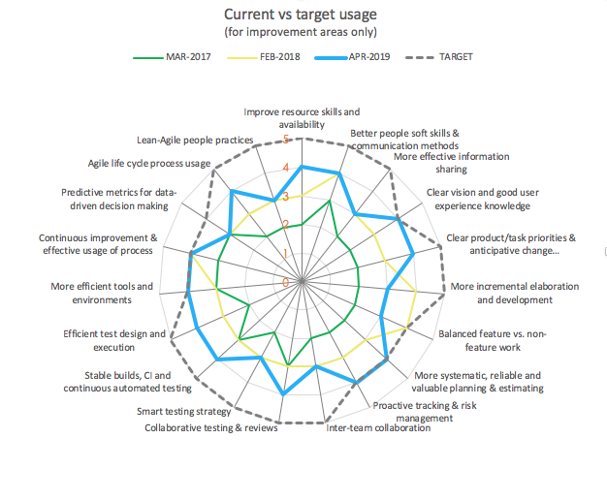Agile WoW Transitioning
We guide teams and organizations to introduce Agile Ways of Working in a pragmatic, human, and systematic way. Starting from the client’s objectives and current state, we use an adaptive design and change approach to help build new mindset, skills and capabilities.















